A replacement for the BA-64B
The wartime BA-64 was Soviet's main small reconnaissance armored car, which was being mass-produced until 1946. A dependable light and fast vehicle, with a recognised well-sloped armor, which was also tried as an improvised APC (as the BA-64B) but was far too cramped for this. Next year Gorkovsky Avtomobilny Zavod (Gorkiy Automobile Factory) design bureau (L. W. Kostikin, P.I. Muziukin and others under the supervision of V. A. Dedkov) started plans for a new vehicle. Two prototypes were drawn and built quickly the same year under the name BTR-141 and undergone trials. One was armed with a twin 14.5 mm KPVT heavy machine guns, the other nothing. They were rejected. However by 1950, two other prototypes, similarly equipped and named this time BTR-40 were accepted for service, the AA version as the BTR-40A. Production started quickly and lasted until 1960 and more for the ZhD special version.Design
The BTR-40 (For "BroneTRansporter") was quite different from its wartime predecessor. More than twice as heavy, much longer and larger, it was conceived from the beginning as an APC, but was still nimble, fast and agile to operate reconnaissance missions. It still had a well-sloped armor, but angles were rationalized and concentrated on the front part, while the rear was a conventional storage bay. Its boar snoot-like nose more was recognizable and characteristic than its heavier APC cousin the BTR-152, which still had strong similarities with the wartime M3 and Hanomag Halftracks.Another big difference with the BA-64 was the rear open-top compartment, dotted with four pistol ports. There was a support for a removable machine-gun just behind the driver compartment, manned by the platoon, four men sitting on a folding bench on each side (8 total). Two other optional pintle mounts can be fitted for more SMBG standard machine guns, on the rear compartment sides. There was still room under the benches and inside front side storage compartments for extra equipment and ammo. The crew accessed the vehicle through two side twinfold doors on each side of the driving compartment. There were apparently rear doors but more often the platoon simply jumped over the walls in operations. The 4x4 suspension was conventional, with independent leaf-springs and big diameter tires to improve off-road capabilities. With a power-to-weight ratio of 15.1 hp/tonne (11.3 kW/tonne), the BTR-40 was as fast as its predecessor. However, it had no external tire pressure regulation system at first. It was introduced later.
Variants
Production details were unchanged until 1957. By that time, the BTR-40 was nearing obsolescence with its limited off-road capabilities (partly corrected with the BTR-40V), lack of NBC protection (BTR-40Kh and B), still cramped as an APC (Corrected by the BTR-152 introduced in 1955), and moreover lack of amphibious capabilities, which was corrected with the BRDM-1, using most of the BTR-40 components. The latter and its successors replaced in practice the BTR-40.BTR-40A
This was the main SPAAG version of the BTR-40, introducing the twin ZPTU-2 14.5 mm twin anti-aircraft gun (2400 rounds) fitted in a rotatable turret inside the rear compartment. In this version, the pistol ports were eliminated. The same system was later adopted for the BTR-152. This mount was operated by hand by a single operator and could elevate up to 80° and depress to -5° making it effective against ground targets as well.BTR-40V
Introduced in 1956, this version was equipped with the external tire pressure regulation system that allowed to run with flattened tires, maximizing the contact surface and diminishing the ground pressure on soft terrains like sand, mud or snow. It was specialized for reconnaissance in a contaminated environment, with an automatic warning flag-dropper system. The BTR-40Kh was another variant, treated NBC, but still open-top. It was replaced by the BTR-40B.BTR-40B
By 1957, this newly introduced version was completely closed and sealed, with an armored roof dotted by four hermetically closed hatches, and was treated NBC, with a filtering/ventilation system, and also the central tire pressure regulation system introduced previously. There was an external pintle mount for an optional 12.7 mm or 14.5 mm heavy MG, and the internal space was reduced, allowing to carry 6 men instead of 8. Tactically, the BTR-40B was used more for reconnaissance than APC.BTR-40ZhD
This rail version was introduced in 1959 and produced until 1969. It received a "kit" of four adapted rail wheels placed on special supports. Production of this version is unknown.Exports and users
The Soviet BTR-40 was used tactically as APCs, reconnaissance and mobile command posts. Production was stopped in 1960, but it was kept in service with secondary units, and then withdrawn by the 1970s, distributed among Warsaw Pact allies (saw as a stopgap before the BTR-152 was introduced) while being replaced by the BTR-152 and the BRDM-1 series, the remainder being largely exported. Former and actual operators included, by continent :Europe
Albania (200), East Germany (300 of the local SPW-40, 40A, and Ch), Hungary (200), Poland (400), Romania (?), Yugoslavia (40). All were former users, they were withdrawn in the 1980s.Middle East
Egypt (350+30, still 200 active), Iran (100), Israël (about 50, captured), Syria (100). Palestinian OLP fighters also operated some.Africa
Algeria (100), Angola (32), Burundi (16), Ethiopia (100), Guinea (16), Guinea-Bissau (15), Mali (15), North Yemen (70), Somalia (60), South Yemen (60), Sudan, Tanzania, uganda, Yemen (670).Asia
Afghanistan, Cambodia, China (100 delivered, many more as the copied Type 55, deactivated 1995), Indonesia (85, many converted for urban warfare with smoke discharger, 40 mm or MG tower), North Korea (350), Laos (10), Mongolia (200), Vietnam (NVA: 100, including BTR-40A versions, now partly deactivated).Americas
Cuba had 100 vehicles delivered in 1961-62, ex-soviet. They developed modernized versions as the BTR-40A-AA (modified ZPTU-2 14.5 mm KPV twin mount), BTR-40A-PB with an elevated ATGM launcher, hidden inside the rear compartment, and the Jababli, another ATGM fitted with the 3M11 Falanga (AT-2 Swatter) introduced in 1974-75. Nicaragua also operated 20 ex-soviet vehicles in 1981-82.Active service (1950-1980)
Battle records included the Korean War, as part of a military assistance programme, where it saw combat for the first time. The North Vietnamese Army (NVA) also used it during the Vietnam War. Some BTR-40s also saw action in the North Yemen Civil War (one was captured from the Egyptians by the royalist guerrillas) in 1962-70. However, since apparently, it is still in service within 21 operators today, this chapter is not closed.BTR-40 related links
The BTR-40 on WikipediaDedicated website btr40.ru (Russian)
5-view image, trumpeter kit on E-Bay
BTR-40 specifications |
|
| Dimensions (L-w-h) | 5 x 1.9 x 1.83 m ( 16.4 x 6.2 x 6 fts) |
| Total weight, battle ready | 5.3 Tons (10 600 lbs) |
| Crew | 2+8 (2+6 BTR-40B) |
| Propulsion | 6-cyl GAZ-40 80 bhp (60 kW) @3400 rpm |
| Suspension | 4x4 independent leaf springs |
| Speed (flat) | 80 km/h (26 mph) |
| Range (road/off road) | 430/385 km (270/240 mi) |
| Armament | 3 x SGBM 7.62 mm (0.3 in) MG, 1250 rounds - see notes. |
| Armor | 6 to 8 mm (0.2-0.3 in) |
| Total production | 8500 |
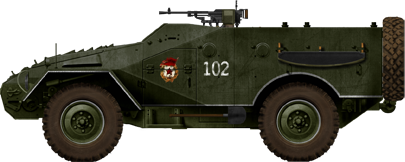
BTR-40, early production, 1950.
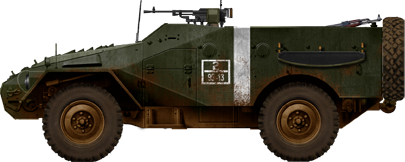
BTR-40, invasion of Hungary 1956.
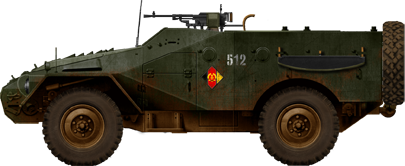
East German BTR-40.
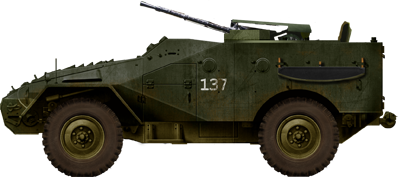
BTR-40A, the SPAAG version with a twin ZPTU 14.5 mm autocannon.
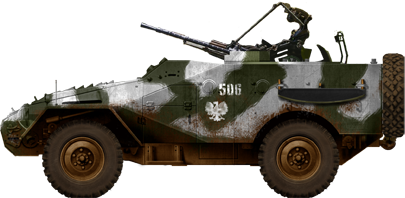
Polish BTR-40AZhD, winter exercizes, 1959.
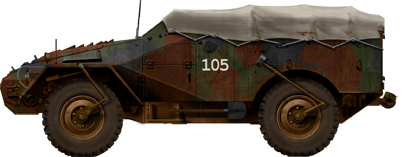
BTR-40v, equipped with the pressure regulation system, here in a camouflaged livery, 1960.
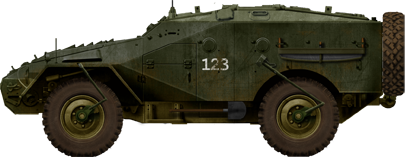
BTR-40B, the topped NBC version, 1957.
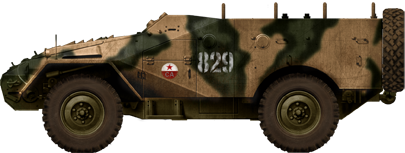
Camouflaged BTR-40, 1970s.
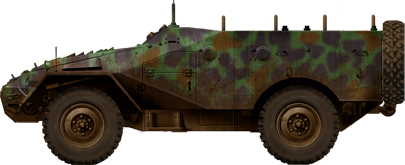
Surplus BTR-40 used for training, 1980s.
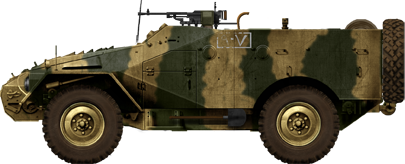
Egyptian BTR-40, war of 1967.
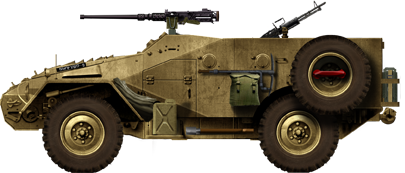
Israeli BTR-40, 1970s.
Gallery

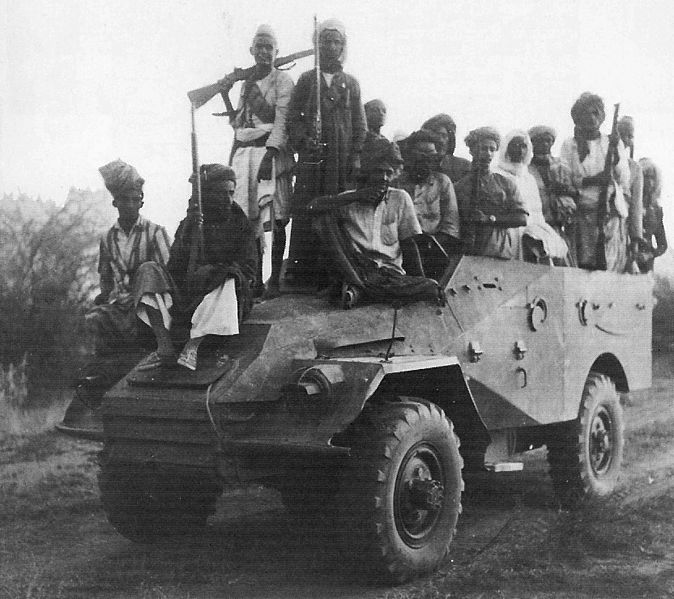
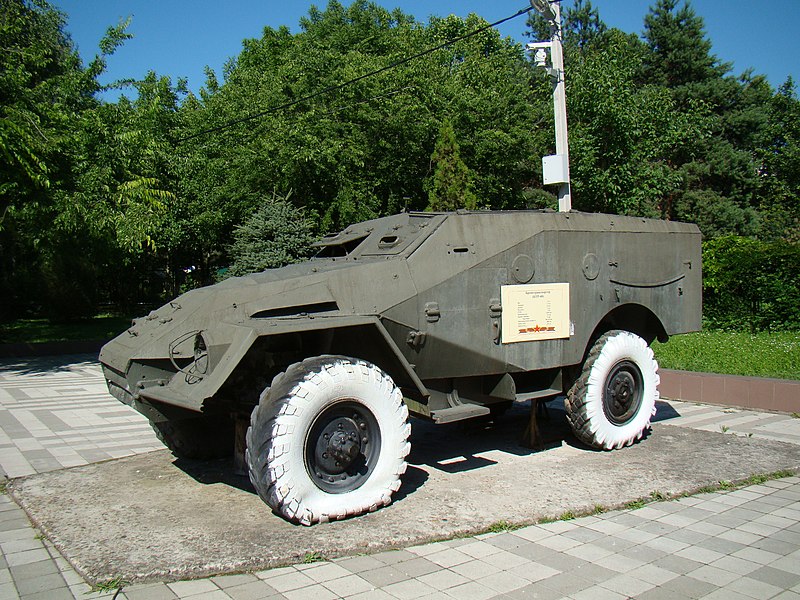

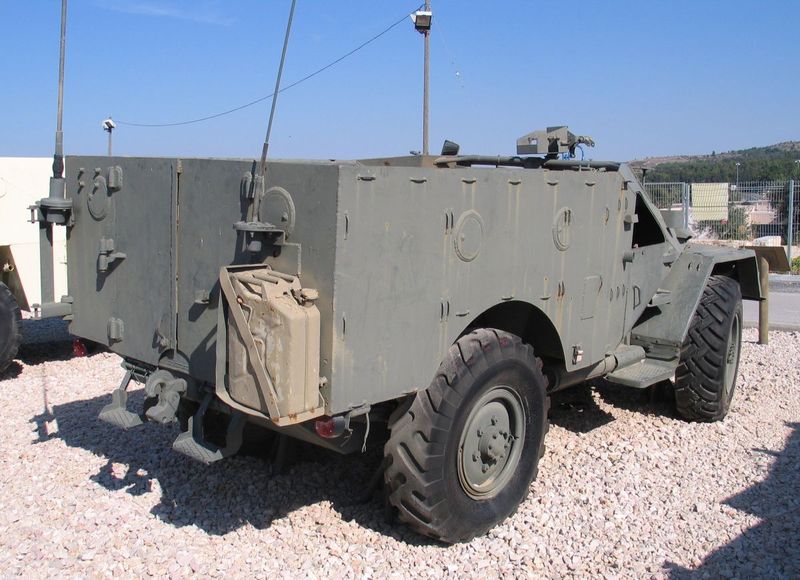


Cold War Tanks


































Cold war tanks posters

Cold War Main Battle Tanks

Cold War Soviet Army

